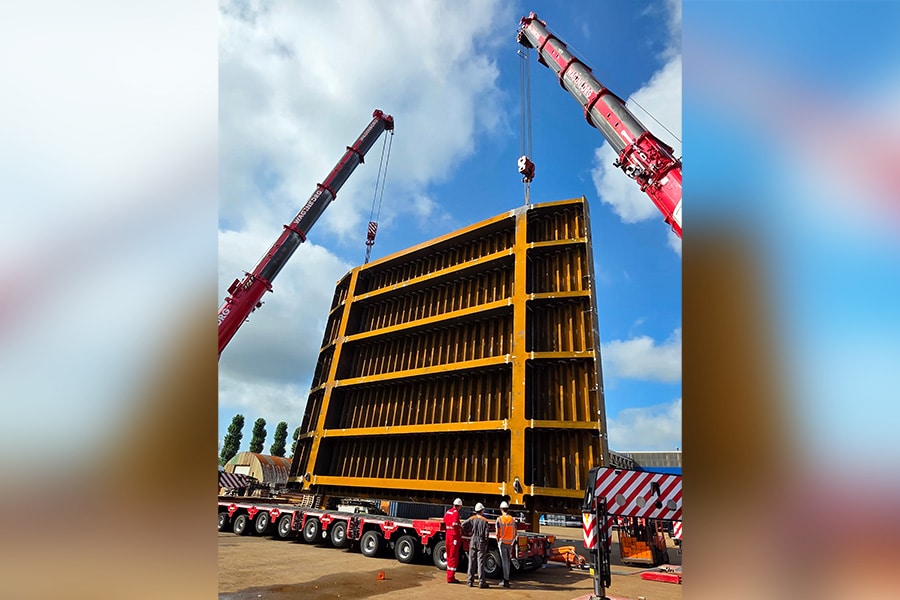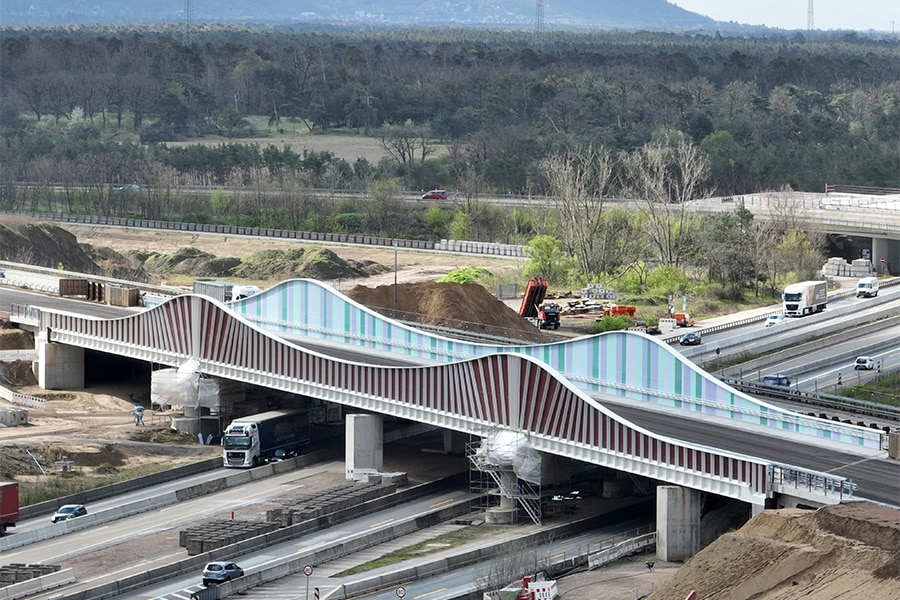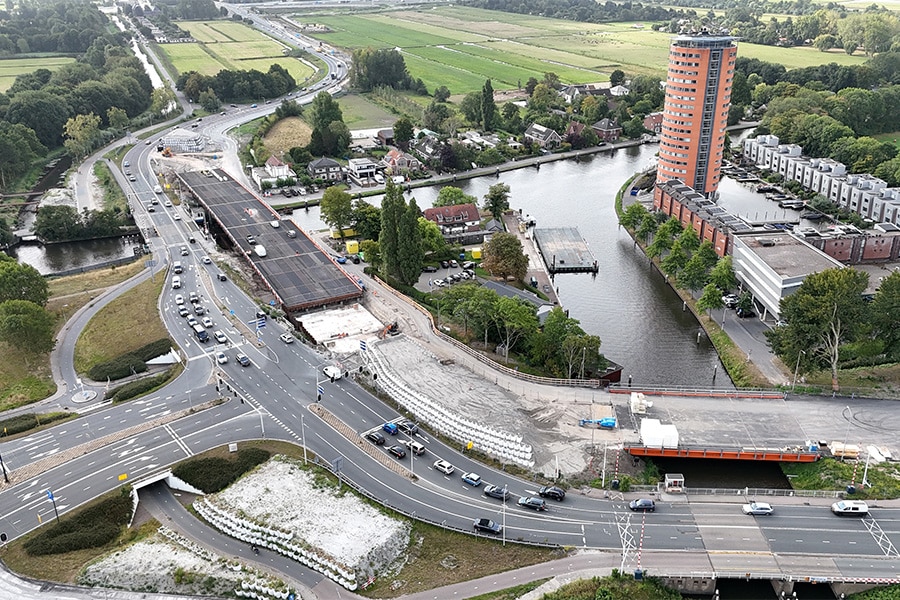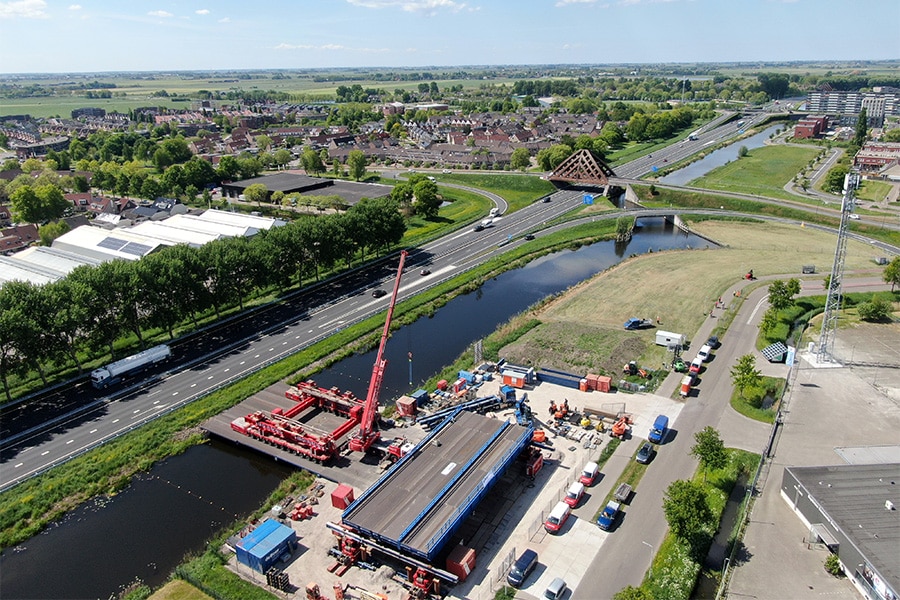
New 'brains' for the Thomas Tunnel and Botlek Tunnel
Both tunnels are being equipped by Croonwolter&dros with a new PLC platform, developed in teamwork with A-lanes A15 and ABB, with Rijkswaterstaat as client. The work falls within the scope with major maintenance contracts, in which A-lanes A15 and Croonwolter&dros are involved.
We speak with Frans Kooijmans, contract manager at A-lanes A15, Robert Heinsbroek, project manager and tunnel technology consultant at Rijkswaterstaat and Haris Colo, project manager at Croonwolter&dros. Heinsbroek opens the conversation, "The two car tunnels involve a multitude of PLCs (Programmable Logic Controller). These are controlled from the traffic control center in Rhoon, or from the tunnel itself. Together with the control software, they form the platform for operating and controlling the tunnels. The contract awarded to Croonwolter&dros was to extend the life of the current operation and control system for the tunnel installations. So that they can last another few years, so to speak."

Old components no longer available new
The PLCs in both tunnels are of the CPU40 type. "The CPU is a computer and communication module with IOs that communicate with the field equipment. In fact, you may think of these CPUs as the brains of the tunnel," explains Heinsbroek. Colo adds: "ABB was engaged to design the platform, which involved a lot of consultation. The components needed were jointly investigated, where it turned out that the CPU40 PLCs used that had to be replaced due to their age were 'end of service'. No longer available, then you have to look for alternatives. This is how we ended up with the CPU80. A nice upgrade, but you have to investigate what this means for the existing cables and connections on site. What needs to be adjusted? What does the operation mean for the availability of the tunnels? A big advantage is that the Sattline system, which had already been upgraded to version 3.0 -including new PLCs- in phase 1 of the project can simply be used." Kooijmans: "Our objective is to leave all systems alone as much as possible, but to provide a perfect connection to the new PLC platform."

Linked together until 2035
Within the project, Croonwolter&dros and A-lanes A15 are in a DBFM contract with each other, with Croonwolter&dros being a subcontractor to A-lanes A15. "You really need each other in this work," notes Kooijmans. "We are tied together until the end of the maintenance contract, in 2035." The process involves making the design, producing, performing a FAT (Factory Acceptance Test) test, rolling out and commissioning, performing a SAT (Site Acceptance Test) and performing a SIT (Site Integration Test) together with the tunnel operator. The latter has to say whether he wants and can take over the installation, regardless of the test report. Following this, maintenance is provided.
Heinsbroek concludes, "The work on the tunnels has to be carried out in a manageable, secured and guaranteed manner, within the specified time. The tunnels were closed for 12 hours each time in several out-of-service periods. These were square closures, so in both directions, which required good planning. It is precarious work, but very important. After all, both tunnels connect the Maasvlakte with Germany."




